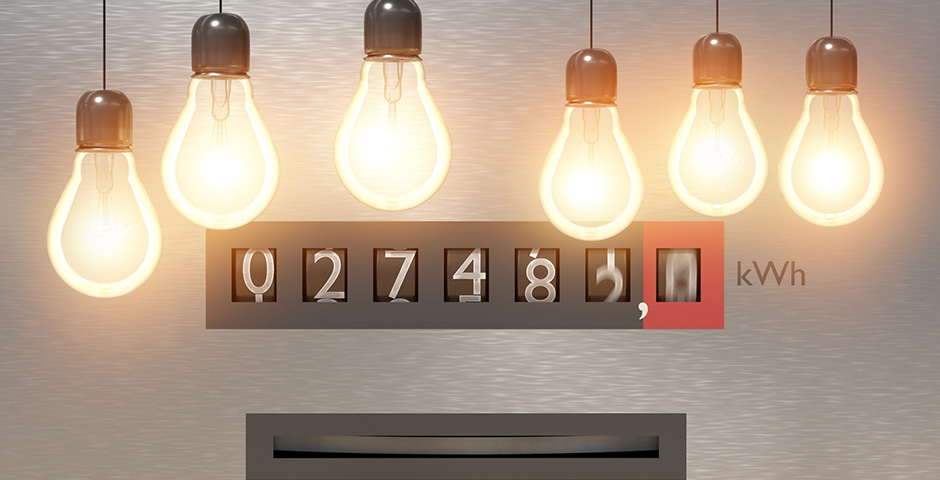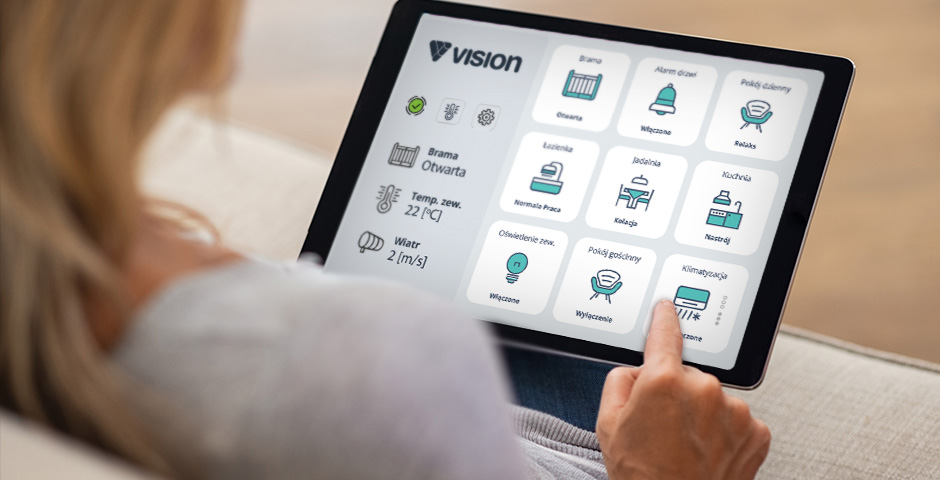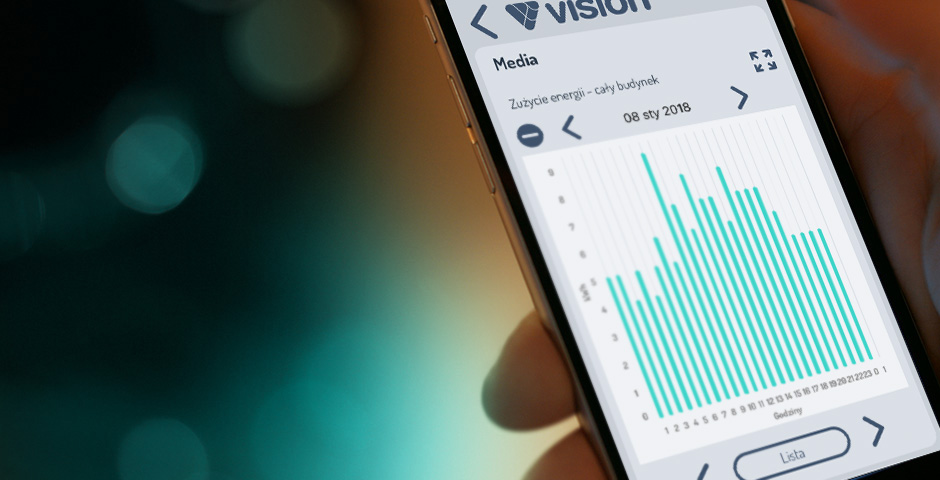
It’s present in our everyday life. It enlightens our way, allows communication, leisure and work. Even though we don’t pay much attention to it everyday, we instantaneously feel lack of it. Only when something disconnects our computer or TV, we ask the question: what happened to the electricity? So maybe it’s worth to give it a little bit more time and learn how to control it?
Electricity defines our everyday life so much, that we began to treat it like air. We use it everywhere, sometimes even unnecesairly. During hot summer by turning on air conditioning without hesitation (usually with open windows), in the winter by having lights on all day, often in places where no one is present. We don’t see efects of this unless we receive electricity bill.
We’ll find out very quickly about water leak two floors above, but only electricity invoice issued will tell us about light usually turned on in the storage room. The electric current is elusive and difficult to define. We don’t understand it’s nature and often can’t use it reasonably. Well, will one charger left in the current or small lightbulb harm somebody? Just a few of us thinks about it on a macro scale, bearing in mind good of the factory, company, city or – however it sounds grand – the globe.

Electricity suppliers don’t make this case easy. We don’t have (so far) meters, that would warn us of excessive electricity consumption, indicate overloaded places or allow us to store electricity reserves, taking into account lower than usual consumption. While driving a car we have a dozen or so sensors at our disposal, which warn us of excessive speed, too high revolutions or a fuel shortage. Only burned devices or broken fuses tell us about an overloaded electrical system.
There are already solutions used in industry or storage facilities, that lower the usage of electricity, whenever employees are not present at the time. Similar situation takes place with urban lightning, which can adjust light intensity whenever cars are coming. These are, however, solutions made for specific places or certain industry sectors.

Average factory, hotel or shopping mall needs universal solutions, scalable to it’s own needs and allowing future development. Basis of that electricity control may be it’s own constant moderation and drawing conclusions from the collected data. System should learn and use experience because every factory is different, has it’s own electrical system and it’s differently moderated. Only connecting a smart meter allows drawing right conclusions.
IPOE created by APA engineers works on the basis of a scheme known in quality management as the Deming cycle (PDCA): plan – do – check – act. The starting point is the preparation of the technical analysis of the selected factory or building, and then connecting to the electrical system APA’s intelligent measuring devices. Each one of them collects comprehensive data on power consumption and gathers them in the cloud. After proper analysis client receives detailed charts, on the basis of which weak points in electricity management can be pointed out and costs can be optimized. Practically, after first analysis electricity costs can be reduced even up to 30%. However, this is not all.

Intention of IPOE installation is to constantly watch over electricity usage and warn against possible anomalies or threats to the entire electrical system. Device is universal and scalable, which in case of factory development or connecting new devices allows to have a suficient and constant control.
The quality of IPOE is confirmed by the ISO 50001 standard regarding cost reduction, reduction of greenhouse gas emissions and the company’s energy efficiency. The system is addressed to companies that want to manage all electricity consumption from one place and have full insight into how it’s used.